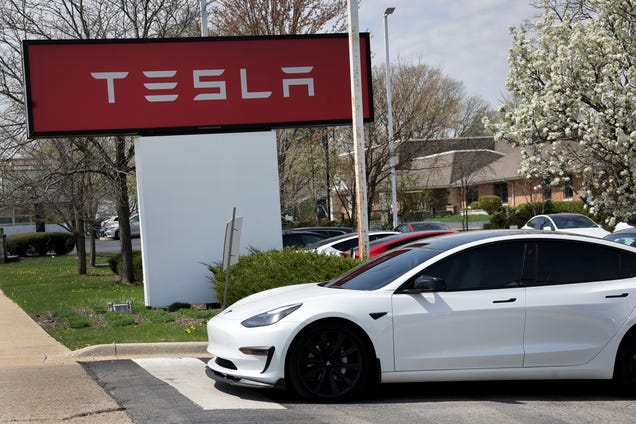Understanding the Challenges of Electric Vehicles in Law Enforcement
The shift towards electric vehicles (EVs) in law enforcement is a reflection of broader societal trends aimed at sustainability and reducing carbon footprints. However, as police departments in California have discovered, the transition is not as straightforward as it may seem. This article delves into the complexities that arise when good intentions meet the realities of operational demands in policing.
The Push for Electric Vehicles in Policing
In recent years, many police departments have begun to adopt electric vehicles, motivated by the desire to cut emissions and save on fuel costs. The allure of EVs is compelling; they promise lower operational costs, reduced environmental impact, and a modern image that resonates with community values. For instance, cities like Los Angeles and San Francisco have initiated programs to integrate electric patrol cars into their fleets, aiming to lead by example in the fight against climate change.
However, the transition is fraught with challenges. Police work often requires vehicles that can perform under high-stress conditions, including high-speed pursuits, extended idling, and the need for robust power systems to support onboard technology. As police departments experiment with models like the Tesla Model 3 and other electric options, they are encountering significant hurdles that can undermine their initial enthusiasm.
Performance Limitations of Electric Police Vehicles
One of the most pressing concerns regarding electric vehicles in law enforcement is their performance under the unique demands of police work. Traditional police vehicles are designed to withstand high-speed chases and prolonged use without overheating. In contrast, electric vehicles can experience performance degradation when pushed to their limits.
For example, a study conducted by the National Institute of Justice highlighted that electric vehicles can lose significant range when operating under high-stress conditions, such as rapid acceleration or extended use of lights and sirens. This limitation raises concerns about the reliability of EVs during critical incidents where every second counts.
Battery Life and Charging Infrastructure
Another significant challenge is battery life and the availability of charging infrastructure. While electric vehicles can be charged overnight, the reality of police work often involves unpredictable schedules and the need for quick refueling. Many departments find that charging stations are not sufficiently available in the field, leading to potential downtime and operational inefficiencies.
Moreover, the time it takes to charge an electric vehicle can be a critical factor. A standard charging session might take several hours, which is not feasible for officers who need to be on the road quickly. This has led some departments to reconsider their commitment to fully electric fleets, opting instead for hybrid models that can offer greater flexibility.
Community Perception and Officer Training
The introduction of electric vehicles also raises questions about community perception and officer training. While many community members support the idea of environmentally friendly policing, there may be skepticism regarding the effectiveness of electric vehicles in high-pressure situations. Police departments must engage in community outreach to educate the public on the benefits and limitations of their new vehicles.
Additionally, officers require training to adapt to the unique characteristics of electric vehicles. This includes understanding the technology, managing battery life, and operating the vehicles efficiently in various scenarios. Departments that fail to provide adequate training may find that their officers are unprepared for the challenges posed by electric vehicles.
Case Studies: Lessons from California
California police departments are at the forefront of this transition, and their experiences provide valuable insights. For instance, the Los Angeles Police Department (LAPD) has been testing electric vehicles for several years. While they have reported some success in reducing fuel costs, they have also encountered significant operational challenges, particularly regarding vehicle range and performance during high-speed pursuits.
Similarly, the San Francisco Police Department has faced criticism over the practicality of their electric fleet. Officers have reported that the vehicles are not always suitable for the demands of urban policing, leading to a mixed reception among the ranks. These case studies highlight the importance of thorough testing and evaluation before fully committing to a fleet transition.
Navigating the Future of Law Enforcement Vehicles
As police departments continue to explore the integration of electric vehicles, it is crucial to approach this transition with a balanced perspective. While the environmental benefits are clear, the operational realities cannot be overlooked. Departments must invest in training, infrastructure, and community engagement to ensure that the shift to electric vehicles enhances rather than hinders their ability to serve and protect.
Ultimately, the journey towards a more sustainable police fleet will require collaboration between manufacturers, law enforcement agencies, and the communities they serve. By addressing the challenges head-on and learning from early adopters, police departments can pave the way for a future where electric vehicles play a vital role in modern policing.

